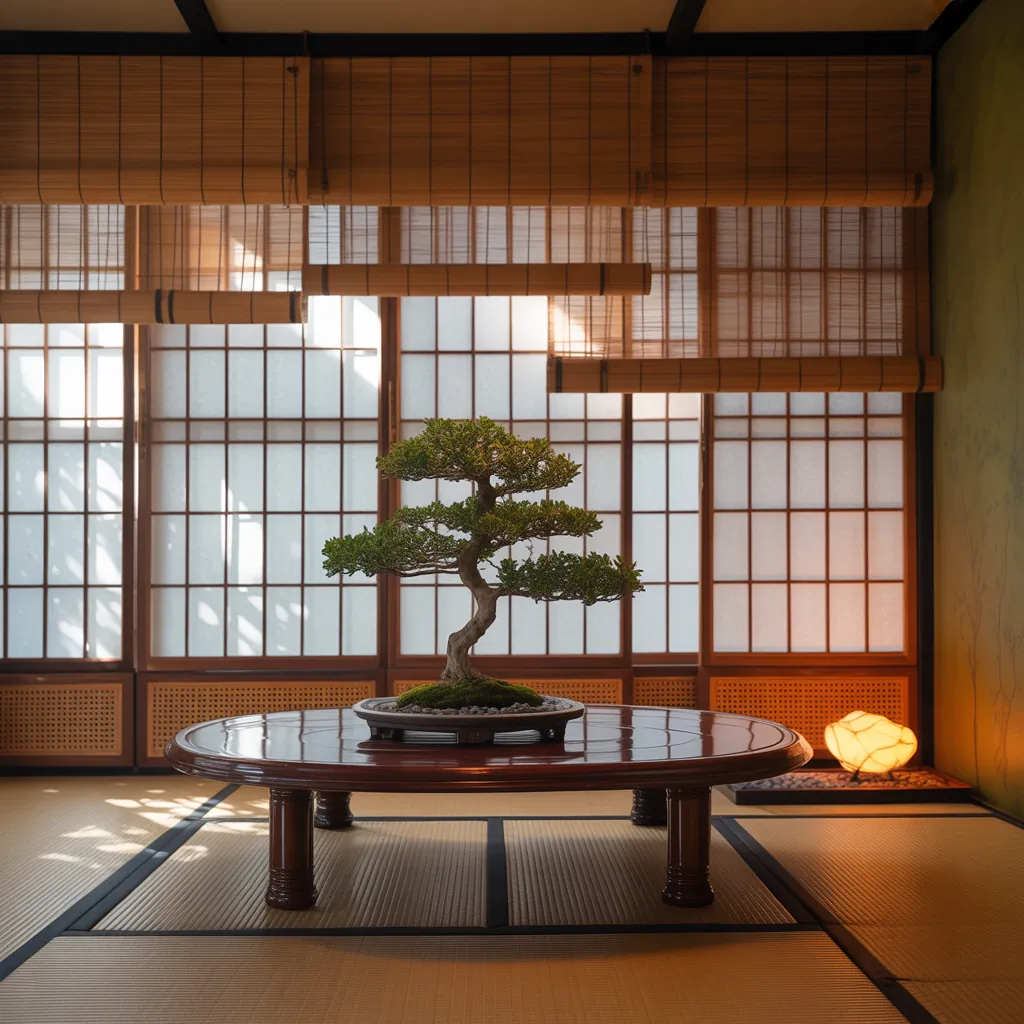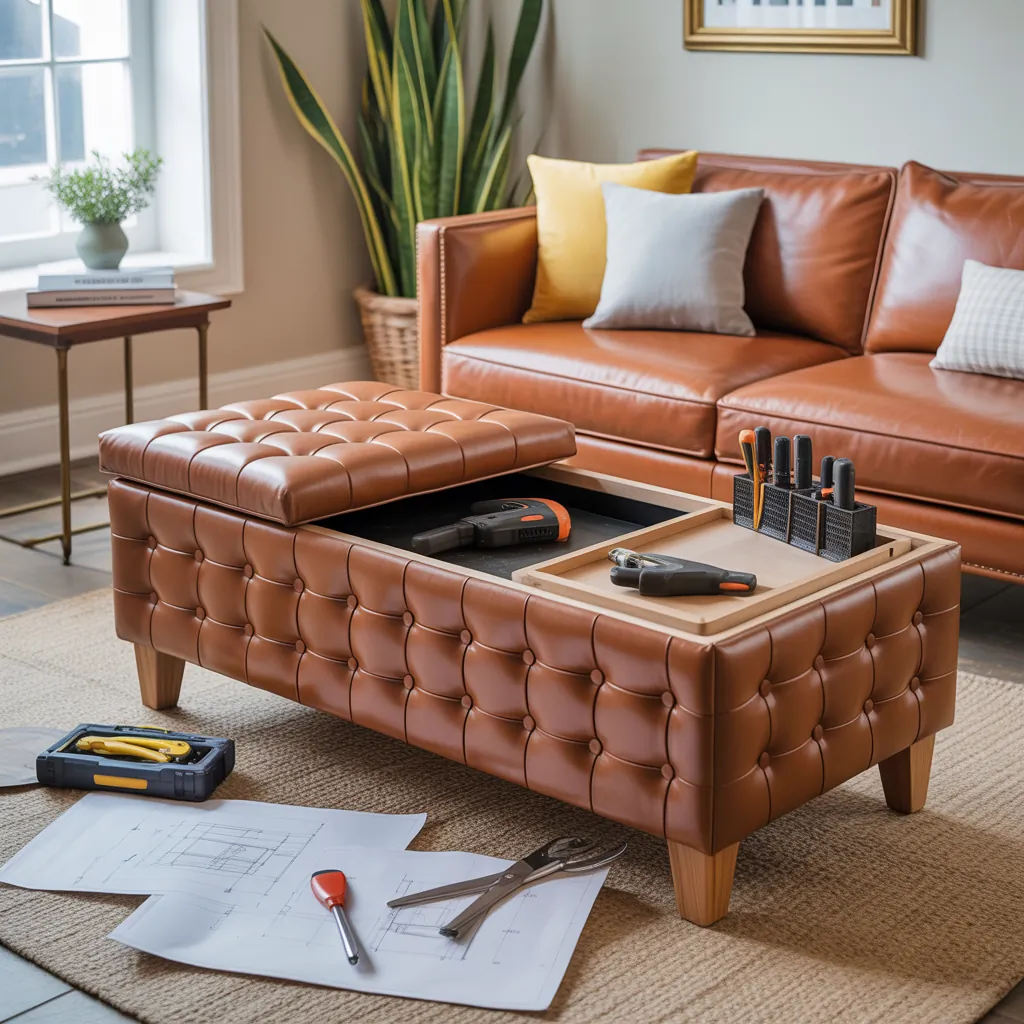Have you ever stood in the middle of a room wondering how to turn chaotic furniture and mismatched accents into a calm, cohesive space? Maybe you’re craving a serene bedroom, a kitchen that feels balanced, or a living area that reflects travel-inspired style. If your next project is to bring an Asian-inspired vibe into your home, these ideas for Asian decor will help you plan smart, save money with DIY projects, and create a peaceful, authentic feel without copying a museum.
Why choose Asian-inspired interior design?
Asian decor covers a wide spectrum—from Japanese minimalism and Zen simplicity to ornate Chinese antiques and Southeast Asian tropical textures. The common thread is balance, natural materials, and craftsmanship. Whether you want subtle accents or a full room overhaul, Asian-inspired interiors can improve flow, add warmth, and create a sense of calm in a busy household.
Asian decor ideas to try today
Below are practical design directions, DIY step-by-step projects, and styling tips you can apply room by room.
1. Embrace natural materials and textures
- Use bamboo, rattan, teak, and light woods as primary furniture and shelving materials.
- Layer linens, hemp, silk, and jute rugs to create tactile interest without clutter.
- DIY idea: build a simple floating bamboo shelf. Cut treated bamboo poles, mount with concealed brackets, sand and seal with clear varnish.
2. Create a serene palette: neutral bases + accent tones
Stick to warm neutrals and add accents like deep indigo, cinnabar red, gold leaf, or charcoal. A muted beige wall with an indigo textile and a lacquered red accent table reads cohesive and distinctly Asian-inspired.
3. DIY shoji screen room divider
Perfect for studio apartments or to create a meditation corner.
- Materials: thin wooden slats, rice paper or frosted adhesive film, wood glue, small nails, saw, sandpaper.
- Cut slats to desired frame size, assemble rectangle, and create grid with equally spaced slats.
- Attach rice paper with glue or use frosted film for durability. Finish with clear varnish.
- Pro tip: add castors to the bottom for mobility.
4. Lighting that sets the mood
Avoid harsh overhead light. Choose rice paper lanterns, low brass or bronze table lamps, and dimmers. DIY paper lantern clusters make a dramatic statement over a dining table—use lightweight wire frames and rice paper, then seal with a fabric-safe spray.
5. Mix antiques and modern minimalist pieces
Blend a carved Chinese altar table or antique brass hardware with streamlined Scandinavian-style seating. This curates depth without feeling kitschy. Hunt in thrift stores or flea markets for authentic finds and pair with contemporary storage for balance.
6. Wall art and textiles
- Create a gallery wall of botanical prints, sumi-e ink paintings, or framed vintage textile swatches.
- DIY: stretch a length of ikat or batik fabric over a canvas frame for instant focal art.
7. Bring in plants and bonsai
Plants are essential in Asian feng shui and biophilic design. Use potted bamboo, ficus, orchids, and small bonsai to add life and a sense of calm. Consider pebble trays and simple ceramic pots to maintain a cohesive aesthetic.
8. Small-budget upgrades: hardware and accents
Swap out knobs and handles for brass or black iron hardware with Asian motifs. Add lacquer trays, woven baskets, and low-profile futon-inspired seating to change the room’s mood without a full remodel.
Step-by-step mini makeover: Transform a living room in a weekend
- Declutter and define zones (sitting, reading, meditation).
- Paint an accent wall in a calming indigo or warm gray.
- Replace light fixtures with paper lantern or low-hung pendant. Add dimmer switch.
- Layer a natural fiber rug, add a low wood coffee table, and place three plants at varying heights.
- Add one antique piece (e.g., lacquered cabinet) and balance with modern seating.
Practical design and Feng Shui tips
Feng Shui basics you can use without strict rules: keep entryways clear, place the bed or sofa with a solid wall behind for support, and avoid clutter under foot traffic. Balance hard surfaces with soft textiles to improve acoustics and comfort.
Where to find supplies and inspiration
Shop local flea markets, antique malls, or repurpose existing pieces with lacquer, new hardware, and upholstery. For DIY patterns and tutorials, check your site’s DIY projects and browse room-specific ideas in home design ideas. If you’re tackling a kitchen refresh, see quick wins in our kitchen upgrades page.
Frequently Asked Questions
1. What are the easiest Asian decor ideas for beginners?
Start with textiles (throw pillows, curtains), lighting (paper lanterns), plants (bamboo or orchids), and small accent pieces like lacquer trays or brass hardware. These low-commitment changes create immediate impact.
2. How do I make my home look Asian without being cliché?
Focus on subtlety: use natural materials, neutral bases with a few culturally inspired accents, and real antiques rather than mass-produced novelty items. Aim for balance and authenticity—one or two statement pieces combined with minimalist design works best.
3. Can I combine modern and traditional Asian styles?
Absolutely. The most successful interiors blend modern lines with traditional textures or antique focal points. Keep proportions and color harmony in mind—pair a sleek sofa with a carved wooden console or a simple table with an ornate lacquer box.
Conclusion — Try one of these ideas for Asian decor this weekend
Ready to transform a room? Pick one project—build a shoji screen, swap light fixtures, or create a gallery wall with Asian textiles—and commit a weekend to it. These ideas for Asian decor are practical, budget-friendly, and adaptable to any home style. Share your before-and-after photos, try more of our DIY projects, or explore step-by-step tips in our home design ideas section to keep the momentum going.
Which room will you start with? Try a simple DIY this weekend and see how a few focused changes can create a calm, balanced space you love.



